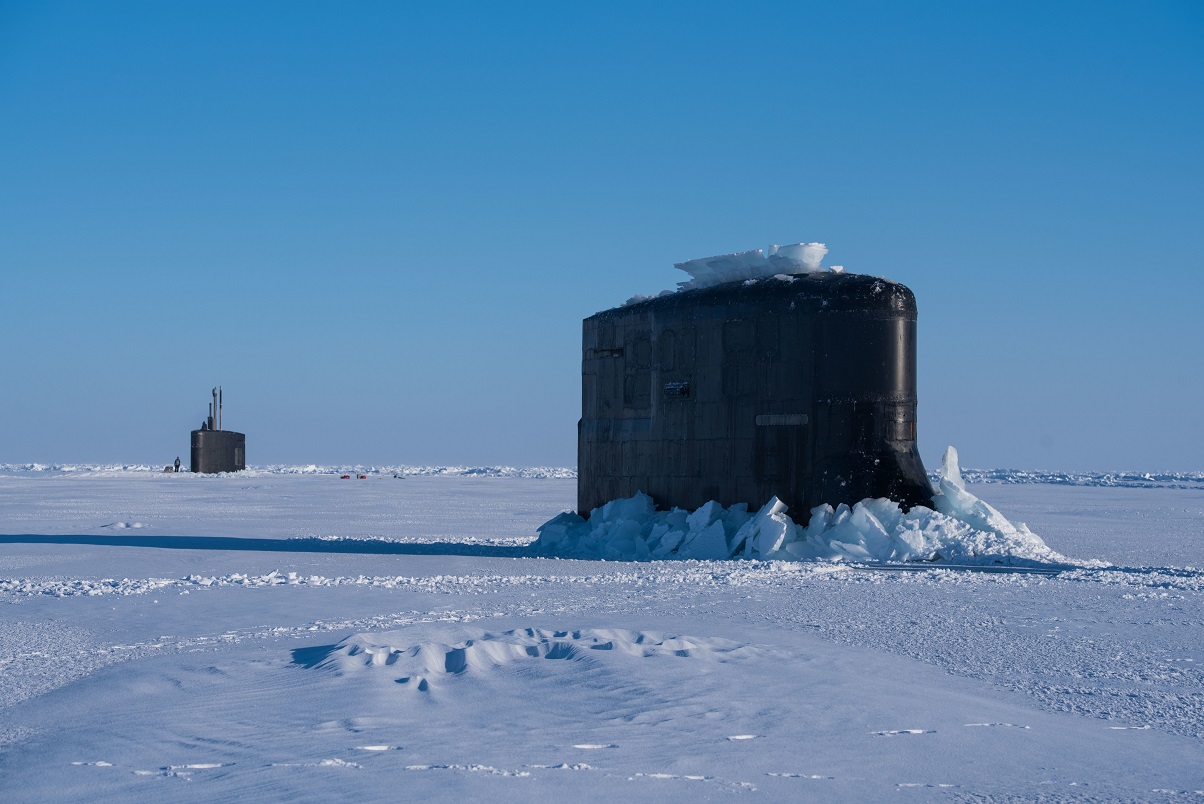Jura The idiot
General
the rest of the above article:
it'sThe Navy: A case study
A test case for the potential impact of the memo can be seen in the recent status of the U.S. Navy.
In March 2017, Chief of Naval Operations Adm. John Richardson issued a memo that directed admirals to continue to engage with the media. But it also implored Navy officials not to give “too much” information — even unclassified information — in a public setting.
“When it comes to specific operational capabilities however, very often less is more,” he said in the memo. “Sharing information about future operations and capabilities, even at the unclassified level, makes it easier for potential adversaries to gain an advantage.”
The memo, which was broad and lacked specific guidance, created a persistent throughout the Navy where leaders and program managers have been unsure about what they can talk about and what they can’t.
And last October, Secretary of Defense Jim Mattis released a memo calling for employees to be “vigilant” in preventing leaks.
“It is a violation of our oath to divulge, in any fashion, non-public DoD information, classified or unclassified, to anyone without the required security clearance as well as a specific need to know in the performance of their duties,” he said.
The information chill both inside the Navy as well as DoD-wide has been noticed by lawmakers, who have called on the military to err on the side of transparency.
At a Navy conference in January, about giving away secrets in the press, arguing that if the Navy doesn’t talk about what it’s doing, members of Congress can’t convince their fellow members not on defense committees, let alone their constituents, that more resources are necessary.
“Despite the old adage that ‘loose lips sink ships,’ nonexistent strategic communications can sink entire navies,” he continued. “If the bias is towards silence to prevent adversaries from finding out about unique capabilities or potential weaknesses, guess what? There will never be a public constituency for acquiring or mitigating them.
“And, oh, by the way, our adversaries probably have a decent idea of what we’re up to anyways.”
The powerful chairman of the House Armed Services Committee, Rep. Mac Thornberry, R-Texas, also spoke out in January, saying that while secrecy is important, so is transparency, adding that it makes a difference in the DoD’s bottom line.
“As we’ve talked before, some of the folks in DoD are reluctant to talk too openly about our shortfalls because you’re broadcasting that to your potential adversaries,” Thornberry said. “And I admit, it’s a fine balance. But if we’re going to convince my colleagues who are not on this committee, as well as the American people, to fix these things, I think we do have to at least talk somewhat openly about what our problems are.”

